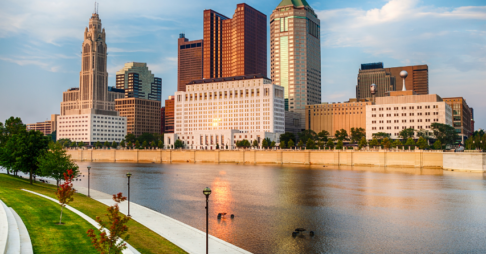Local governments in Ohio continue to demonstrate their commitment to reducing carbon emissions with climate action plans that support green building practices. The cities of Columbus, Cleveland and Cincinnati are leading the way, opening up new business opportunities for sustainable concrete producers.
Columbus
Columbus adopted a sustainable purchasing policy in 2018 that requires city agencies to develop specifications for the purchase of “environmentally preferable products or services.”
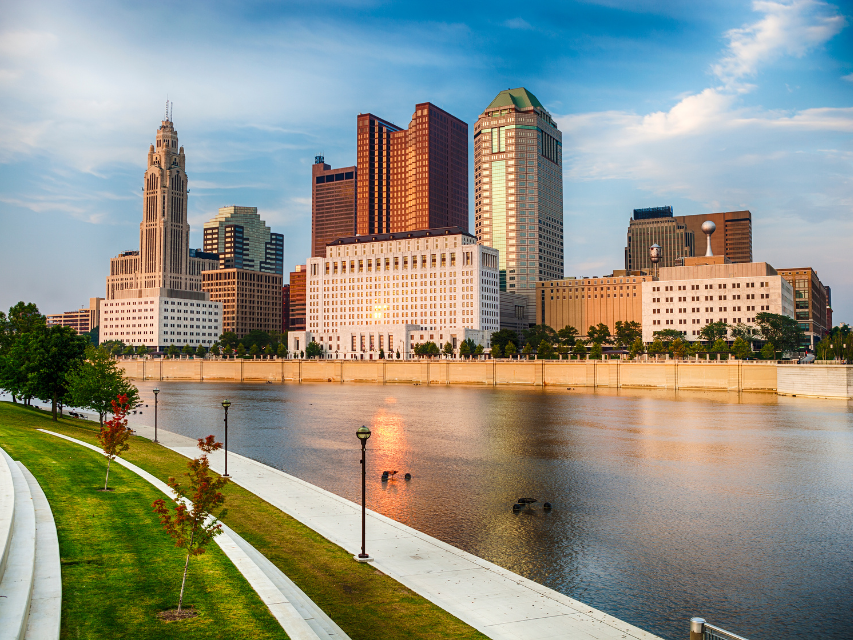
The city of Columbus released its first Climate Action Plan (CAP) in 2021. It lays out the city’s commitment to reducing emissions by 45% by 2030 and 100% by 2050 while promoting equity and environmental justice.
Adopting net zero and resilient building standards is one of the 13 strategies outlined in the CAP. To start, the city is exploring zero carbon building definitions and rating systems with a goal of adopting municipal zero carbon design standards by 2025.
Cleveland
Cleveland developed its first CAP in 2013 with an updated plan released in 2018. It also has a separate action plan focusing on municipal operations, the Sustainable Cleveland Municipal Action Plan.
Energy efficiency and green building is one of five focus areas in the CAP. The city wants new construction and major renovations to meet high green building standards and is developing more formal green policies for commercial buildings, updating its Green Building Standard, and using financial incentives to promote green building.
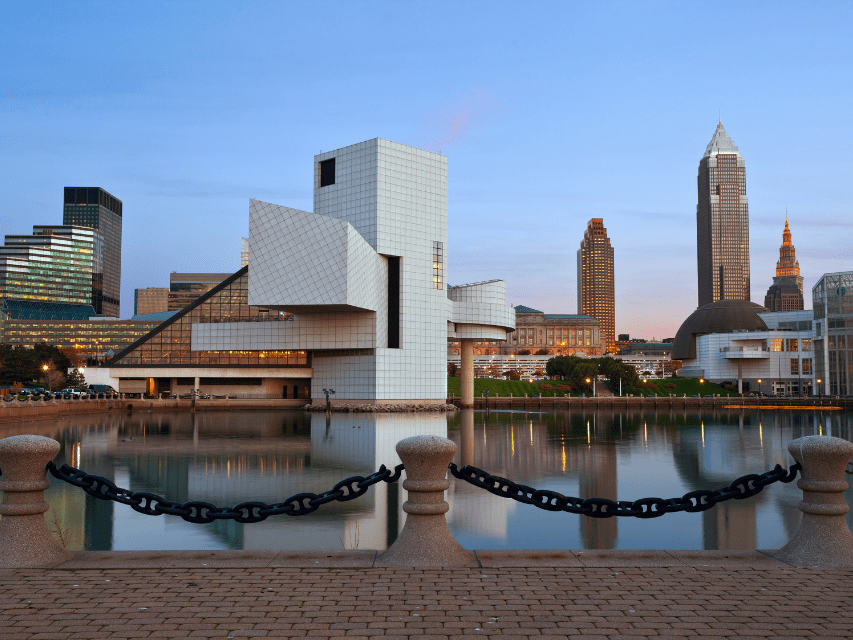
Policies implemented by the city include:
- tax abatement for residential housing projects that meet Cleveland Green Building Standards
- LEED Silver certification requirements for new construction of municipal buildings
- developers receiving financial support from the city required to adopt green building principles
In 2021, Cleveland was recognized by the U.S. Green Building Council as a LEED Silver certified city.
Cincinnati
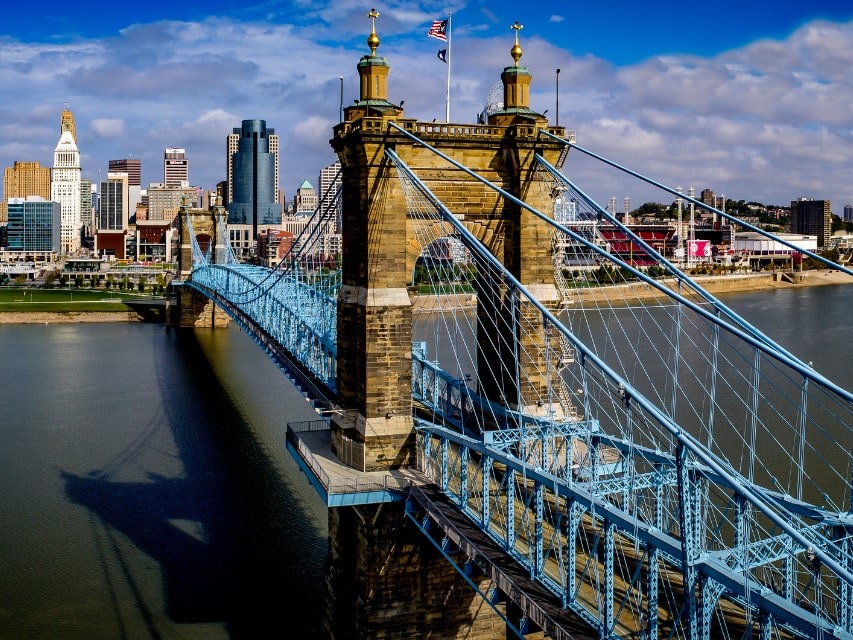
Cincinnati continues to build on its previous work incentivizing green building projects. For example, it offers a tax abatement for residential and commercial renovations and new buildings that are LEED certified or have completed the Living Building Challenge. The GCP also recommends that all new city facilities are LEED Silver certified or higher.
The 2018 Green Cincinnati Plan includes 80 recommendations to achieve an 80% reduction in carbon emissions by 2050 to build a more sustainable, equitable and resilient city. The plan is being updated for 2023 with input from stakeholders and community members.
Cincinnati achieved LEED Cities Silver certification in 2019. Over 1,250 LEED projects have been developed so far in the Cincinnati region, including the country’s first net zero energy police station.
—
To find out more about how your business can benefit from green building opportunities in Ohio, contact CarbonCure today.
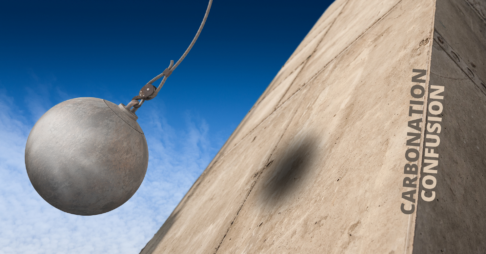
Razing a Common Misunderstanding: Early-Age Carbonation vs. Atmospheric Carbonation in Concrete
